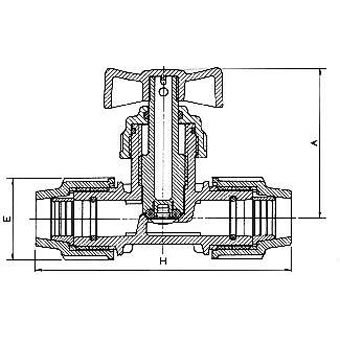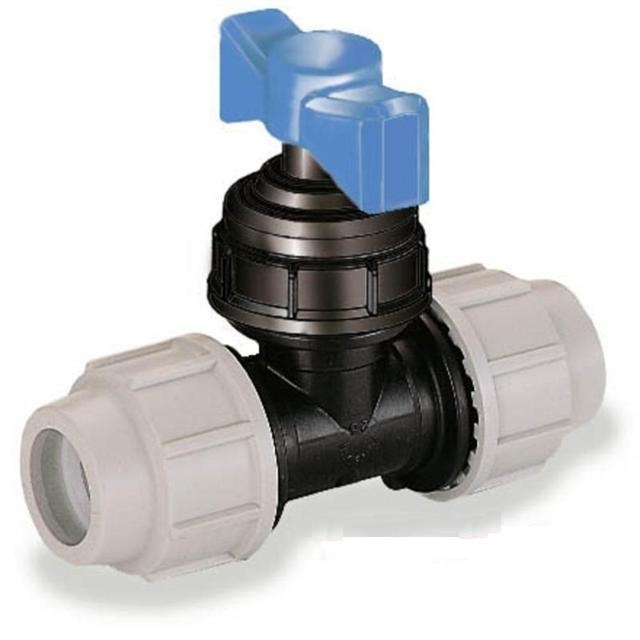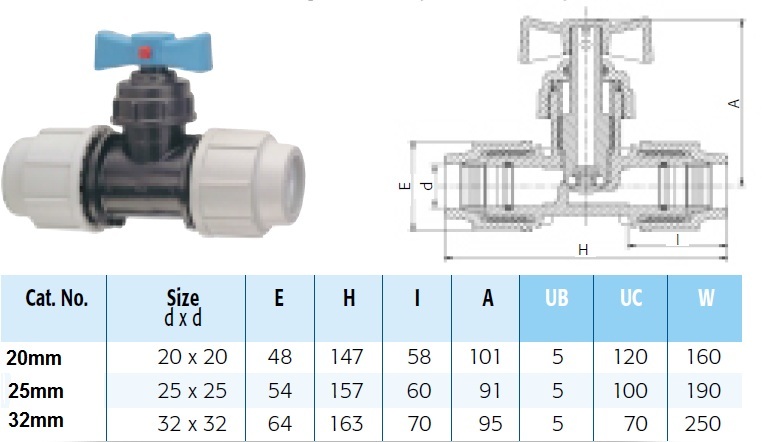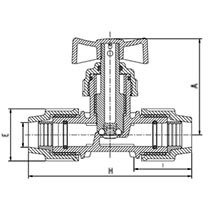JH2015
Mechanical
- Jul 2, 2015
- 15
Hi
I've got some measurements that don't add up according to my calcs. Please would someone be kind enough to check and see if I'm doing something obviously wrong, or there's a problem with my measurements?
All the info is in the attached sketch. I've measured 1.2-1.4 barg at the T, and am getting 1.2 l/s out of the pipe. According to my calcs I should be getting more like 2 l/s.
1.2 l/s would be produced by 0.5-0.6 bar, not 1.2-1.4.
Pipe is blue plastic water pipe, 25 mm (20.1 mm ID). It's curved, which I've modeled as 2 x 45 deg bends.
Many thanks for the help.
I've got some measurements that don't add up according to my calcs. Please would someone be kind enough to check and see if I'm doing something obviously wrong, or there's a problem with my measurements?
All the info is in the attached sketch. I've measured 1.2-1.4 barg at the T, and am getting 1.2 l/s out of the pipe. According to my calcs I should be getting more like 2 l/s.
1.2 l/s would be produced by 0.5-0.6 bar, not 1.2-1.4.
Pipe is blue plastic water pipe, 25 mm (20.1 mm ID). It's curved, which I've modeled as 2 x 45 deg bends.
Many thanks for the help.




